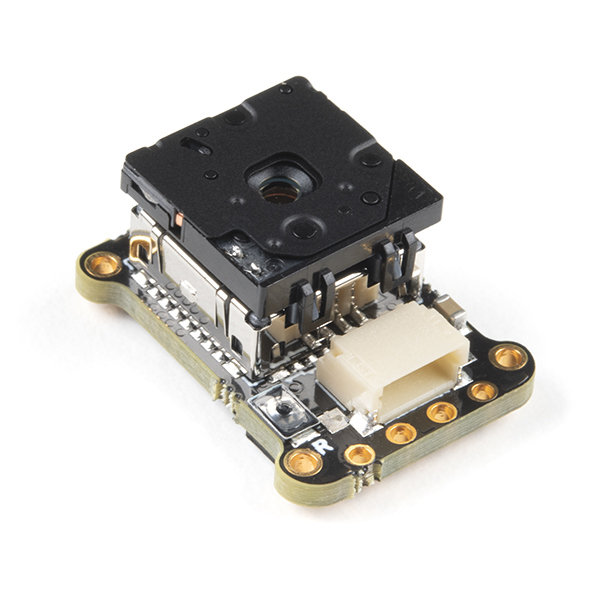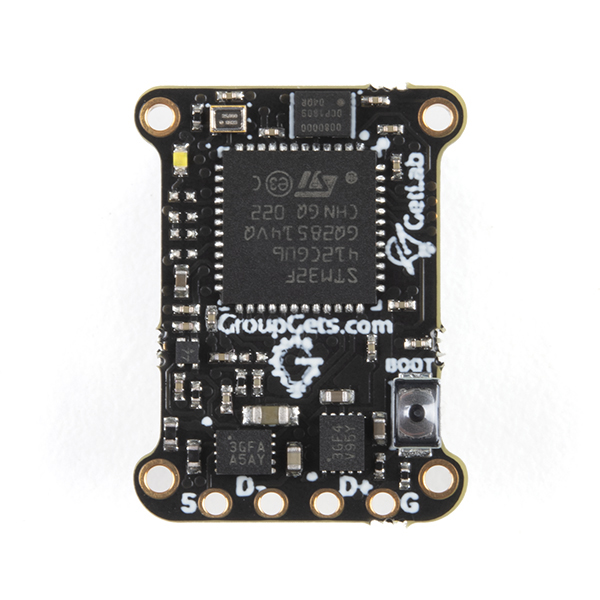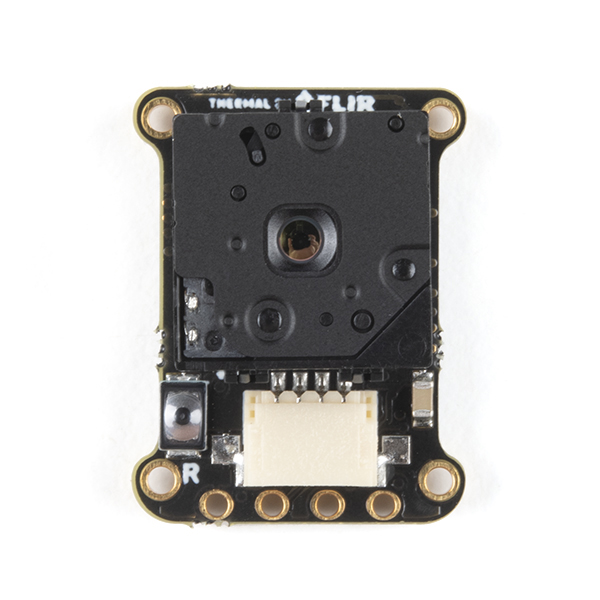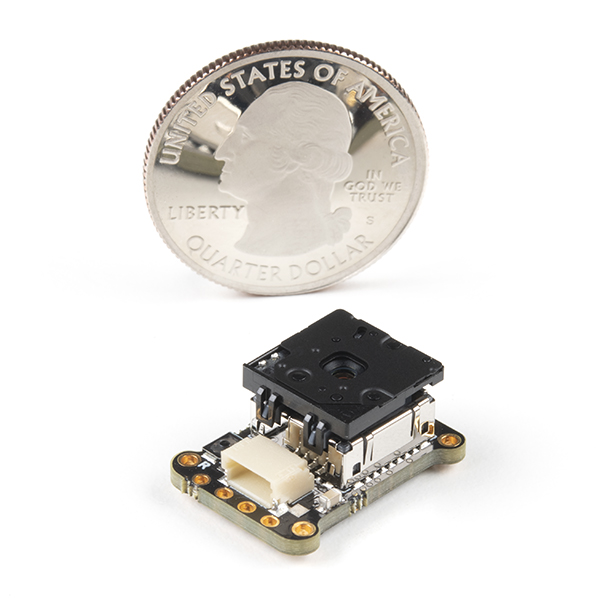PureThermal Mini Pro JST-SR (with FLIR Lepton 3.5)
The new PureThermal Mini Pro JST-SR with Thermal by FLIR is a hackable thermal camera for the FLIR Lepton thermal imaging camera core. Just like its PureThermal 2 predecessor, it ships pre-configured to operate as a plug-and-play UVC 1.0 USB thermal webcam that will work with standard webcam and video apps on all major platforms using a JST-SR to USB Cable, or your own custom cable. For developers, its reference firmware and viewer software are open source.
It has multiple connection options such as solder straight to the board or a custom cable using the JST-SR port. The PTMini Pro also features four mounting holes, less complex circuitry, and perhaps best of all, USB DFU. This is a development kit ready to be embedded into a production system.
Each board comes with a FLIR Lepton 3.5.
The FLIR Lepton® is a radiometric-capable LWIR camera solution that is smaller than a dime, fits inside a smartphone, and is one tenth the cost of traditional IR cameras. Using focal plane arrays of either 160x120 or 80x60 active pixels, Lepton easily integrates into native mobile-devices and other electronics as an IR sensor or thermal imager. The radiometric Lepton captures accurate, calibrated, and noncontact temperature data in every pixel of each image.
- 1x PureThermal Mini Pro - JST-SR
- 1x FLIR Lepton 3.5
PureThermal:
- Compatible with all production FLIR Leptons, including radiometric 2.5 and 3.5 cores
- 9 Hz color video over usb using the USB UVC class
- STM32F412 ARM microprocessor - execute on-board image processing without need for an external system
- Open source reference firmware: GroupGets PureThermal Github
- Works with GetThermal - our custom open source thermal video display software for macOS and Linux with radiometric support
- DFU over USB using a JST-SR port to USB cable, or a modified USB cable and the through holes.
- Four mounting holes
- Compact form-factor ready to be embedded into production systems
FLIR Lepton 3.5:
- Thermal sensitivity: < 50 mK (0.050˚C)
- Spectral Range: 8 - 14 microns (nominal) Long Wave Infrared (LWIR)
- Resolution: 160h x 120v pixels
- Radiometric Accuracy - High Gain Mode: Greater of +/- 5°C or 5% (typical); Low Gain Mode: Greater of +/- 10°C or 10% (typical)
- Scene Dynamic Range - High Gain Mode: -10° to +140°C; Low Gain Mode: -10° to +400°C (at room temperature), -10° to +450°C (typical)
- Pixel Size: 12 micrometers
- Frame Rate: 8.7 Hz (effective)
- Output Format: User-selectable 14-bit, 8-bit (AGC applied), or 24-bit RGB (AGC and colorization applied)
- Horizontal Field of View (HFOV): 57°
- Lens Type: f/1.1
- Size (w x l x h): 10.50 x 12.70 x 7.14 mm
- Weight: 0.9 grams
- Power Consumption: 150 mW typical, 650 mW during shutter event, 5mW standby
- Optimum Operating Temperature Range: -10˚ to + 80˚C
PureThermal Mini Pro JST-SR (with FLIR Lepton 3.5) Product Help and Resources
Core Skill: Programming
If a board needs code or communicates somehow, you're going to need to know how to program or interface with it. The programming skill is all about communication and code.
Skill Level: Competent - The toolchain for programming is a bit more complex and will examples may not be explicitly provided for you. You will be required to have a fundamental knowledge of programming and be required to provide your own code. You may need to modify existing libraries or code to work with your specific hardware. Sensor and hardware interfaces will be SPI or I2C.
See all skill levels
Core Skill: Electrical Prototyping
If it requires power, you need to know how much, what all the pins do, and how to hook it up. You may need to reference datasheets, schematics, and know the ins and outs of electronics.
Skill Level: Rookie - You may be required to know a bit more about the component, such as orientation, or how to hook it up, in addition to power requirements. You will need to understand polarized components.
See all skill levels
Comments
Looking for answers to technical questions?
We welcome your comments and suggestions below. However, if you are looking for solutions to technical questions please see our Technical Assistance page.
Customer Reviews
5 out of 5
Based on 1 ratings:
1 of 1 found this helpful:
Great thermal imaging
If you are looking to hardware build a thermal imaging camera, this is for you. Good resolution at a reasonable price.





It's worth making a BIG BOLD NOTE that the pinout in the silkscreen applies only to the through-holes and is BACKWARDS from the pinout of the JST connector, which is listed only in the datasheet. Hope your upstream device implements current limiting!